Pets can have damaged eyelids. This occurs due to mechanical damage by teeth, claws and other foreign objects that can peel off the eyelids. Inflammatory swelling and persistent slight bleeding develops.
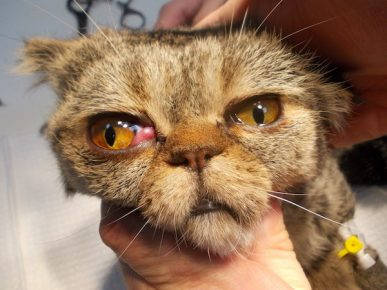
- An overview of the most common eye diseases in cats
- Video: diseases of the eyes in cats
- Conjunctivitis – inflammation of the mucous membrane of the eye
- Video: conjunctivitis in animals
- Causes
- Symptoms
- Inflammation of the eye in a cat: how to treat at home
- The best preparations for treatment
- Iris
- Bars
- Levomycetin
- Causes for cats to have pus in their eyes
- What first aid a cat with purulent discharge from the eyes is able to provide the owner himself
- Prevention
- Indications for eye drops
- Review of the most effective eye drops for cats
- Ciprovet
- Prognosis
- Prevention of conjunctivitis
- When you need urgent help of a veterinarian
- Treatment at home
- Flushing and hygiene
- Drops and ointments
- How to treat conjunctivitis in a cat
- Prescribing pills and shots in complicated cases
- Drops and ointments
- Flushes
- Can a person be infected by a cat?
An overview of the most common eye diseases in cats
Pets are just as susceptible to eye disease as humans. The causes of eye disease are often mechanical trauma. But the further development of the disease depends directly on the immunity and the general state of health of your cat, and also on how quickly qualified help is rendered to it.
- Accompanied by inflammatory processes of the organs of the eye:
- conjunctivitis,
- keratitis,
- Keratoconjunctivitis,
- iritis,
- inflammation of the nasolacrimal duct,
- blepharitis,
- panophthalmitis.
- cataracts,
- glaucoma,
- prolapse of the eyeball,
- eyelid flaps,
- eye trauma,
- foreign body ingress.
The diseases may occur against the background of another infectious disease or be the main cause of the animal's health problems, acute and chronic forms of their course are possible.
Video: diseases of the eyes in cats
Conjunctivitis – inflammation of the mucous membrane of the eye
The mucous membrane covers the eyeball and the inner surface of the eyelids, and the causes of its inflammation may be any health problems: viral infection, allergies, mechanical damage. There are several types of conjunctivitis according to the degree of involvement of the organs of the eye:
-
Catarrhal. It is accompanied by redness and swelling of the eyelids, which can be everted because of this. Constant lacrimation. There may be an increase in temperature.
For a complete cure, it is necessary to eliminate the underlying cause of the disease so that the disease does not become chronic or lead to more severe consequences. A course of treatment begins with clearing the mucosa of the eye of effusions and pathogenic microflora. You can use a solution of furacilin (0.1 g per two glasses of water) or infusion of calendula. But the main treatment is prescribed by a qualified specialist of the veterinary clinic.
Video: conjunctivitis in animals
Causes
Pusty eyes – this is not an independent disease, but only a symptom, and veterinarians identify many of its causes.
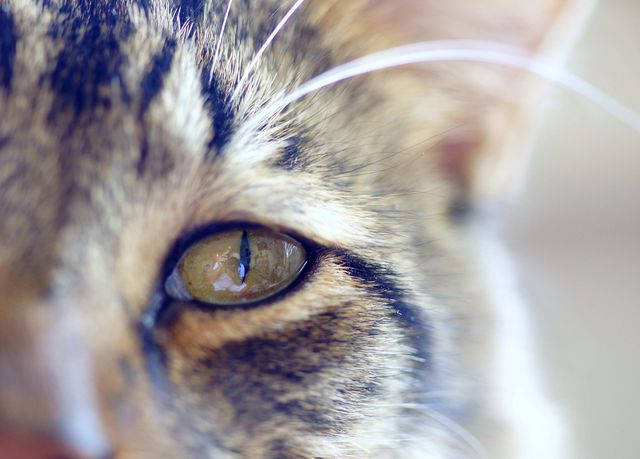
- Conjunctivitis is a non-dangerous disease, which is an inflammation of the mucous membrane of the eyes.
- Keratitis – corneal damage due to trauma, burns by chemicals, infections, allergies.
- Blepharitis – inflammation of the eyelid margins caused by bacteria.
- Trauma to the mucosa. Minor injuries heal on their own. Large wounds caused by sharp objects (claws, branches) may become inflamed and fester in the eyes.
It is not uncommon for kittens to be born with visual organ abnormalities. Defects cause lacrimation and pus. For example, the baby may have a missing tear duct, the lower eyelid may curl inward, the eyelashes may grow in several rows, etc. Other causes of suppuration include:
- Poor care, lack of hygiene;
- unbalanced diet;
- decreased immunity;
- Colds caused by drafts and hypothermia;
- allergies;
- atopic dermatitis;
- chlamydia;
- heredity.
Eyes can fester in any animal, regardless of sex and age. Breeds such as Scottish, British and Persian are especially susceptible to this pathology. This is due to the anatomical features of the skull.
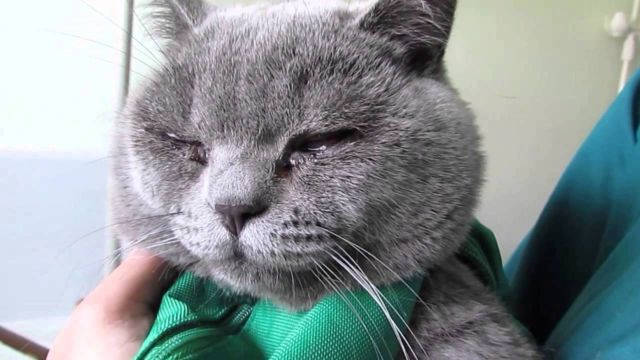
Symptoms
It is impossible not to notice that a cat's eyes are pusy. As a rule, festering is accompanied by other signs. Cats are very clean, so the oozing gives them a lot of discomfort. The animal often blinks, constantly rubs its muzzle, trying to get rid of dried crusts.
Eyes become red, swollen, watery, and pus emerges in yellow, green or brown color. The hair near the eyelids turns dark and a thick crust forms around them, preventing the cat from opening them completely.
Previously active and cheerful pet becomes lethargic, apathetic, refuses to eat, tries to hide in a dark place, away from light. In some cases, the temperature rises.
Noticing purulent discharge from your four-legged pet, you should immediately contact the veterinarian. If this is not possible, you need to wash the eyes, but after all, show the pet to a specialist.
Inflammation of the eye in a cat: how to treat at home
If the disease has not passed the irreversible stage, the treatment of inflammation of the cat's eyes at home is carried out conservatively. Antibacterial eye ointments and drops are used. The damaged eye organs should be thoroughly rinsed with a weak solution of furacilin before treatment.
The most popular substances that are in ointments and drops:
Surgical intervention is resorted to in advanced cases of severe disease, for example, in the case of panophthalmitis it is the only way of treatment. The success of the preservation of vision depends on the correct diagnosis carried out in time.
The best preparations for treatment
In order for the treatment to be as effective as possible, you need to choose proven means.
Iris
Gentamicin is the active ingredient in the composition. It kills anaerobic and protozoan bacteria. It is prescribed for conjunctivitis, keratitis, blepharitis and corneal erosions. It is put under the conjunctiva 4 times a day. The course duration is 7 days. The cost: 150 rubles.
Bars
Chloramphenicol and nitrofural destroy bacteria, microorganisms and viruses. Appointed for the prevention of the development of infections with mechanical damage, for the treatment of acute and chronic forms of conjunctivitis. Clean pus from the eye before use, the course is 1.5 weeks. Cost: 80 rubles per bottle.
Levomycetin
Antibiotic. Eliminates any pathogens of infection. It has a wide range of applications:
Drip on the eye 3 times a day. The course of treatment is 5-7 days. Can cause side effects – burning, redness of the eyeball. Price: 10-15 rubles.
Causes for cats to have pus in their eyes
There can be many such reasons for the cat's eyes. It should be borne in mind that if the cat's eyes are watery and pus – it is not a reason for your concern, especially if these flows from the eyes is quite rare. When evaluating the discharge from the eyes you should take into account the peculiarities of the discharge. If the lacrimation is simple, then it is normal for a cat, in case you notice pus in the eyes, it is already a cause for concern.
The most common disease in which cats have pus in their eyes is conjunctivitis.
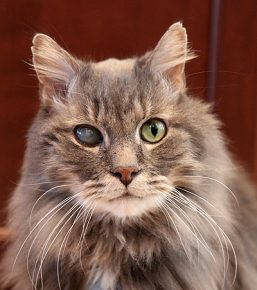
Conjunctivitis – is an inflammation of the clear mucous membrane of the eye, which covers the back surface of the eyelids and the front of the eyeball to the cornea. When conjunctivitis occurs, the cat becomes depressed, tends to lie down more and its appetite decreases. Purulent form of conjunctivitis is additionally characterized by increased body temperature, yellow or green exudate – pus is noted from the affected eye. If no emergency treatment is administered, the affected eye can no longer open at all, the eyelid may be covered with a thick, dense yellow crust and the eyelids may become adherent. The skin around the inflamed eye becomes wet, with further hair loss.
- Mechanical injuries to the eye (fights with their congeners, being hit by branches while jumping, getting dust, sand, trauma, etc.).
- Infectious diseases caused by a variety of bacteria and viruses, in which purulent conjunctivitis is one of the symptoms of a particular disease (infectious rhinotracheitis in cats, chlamydia in cats, mycoplasmosis in cats, bordetellosis in cats, calcivirus infection in cats).
- Invasive diseases (worms in cats, fleas in cats).
- Allergic reactions. The mucous membrane of the eye is very sensitive to a variety of allergens (flower pollen, house dust, perfumes, household chemicals, food that causes allergic reactions in cats – food allergies in animals). Contact with chemicals, evaporation of certain chemicals, gases.
- Transition of the inflammatory process from the skin adjacent to the eye.
- Heredity. Cats with parents in their family with eye disease have a 50% greater chance of eye disease.
- Congenital abnormalities of the eyes – abnormally located bulb, excessively dense lower eyelid or wrapped to the inner side, eyelashes growing in several rows (eye disease in cats).
- Unbalanced diet feeding, lack of vitamin A in the diet.
What first aid a cat with purulent discharge from the eyes is able to provide the owner himself
The first aid that the owner is able to give his pet is to perform an eye wash. Eye washing of a sick cat is carried out with decoction of chamomile, 0,02% solution of furacilin, solution of boric acid (2 tea spoons of boric acid dissolved in 500ml of warm boiled water). You can use only warm solution for lavage. It is better to carry out the washing procedure with two people, one person should hold the cat and the other should carry out the procedure itself, it is necessary so as not to damage the cat's eyes.
- A cotton disc, previously twisted in a tight tourniquet, is dipped in the medicine, which is then squeezed out on the cat's sore eye. Rinsing is carried out until all pus is completely removed. The cotton pads must be changed after each rinse.
- Dry absorbent cotton should not be used, as trauma to the sore eye is possible.
- After you have finished washing the eye behind the eyelid you must put 1% tetracycline eye ointment. To do this, pull back the lower eyelid and smear the ointment on its inner cavity with a special spatula. After this we close the cat's eyes and gently massage them.
- When the ointment cannot be applied you can use eye drops: diamond eye drops, sulfacetamide, levomycetin drops. The described procedures can not cure conjunctivitis in a cat, they can only relieve its symptoms.
Only a veterinary specialist is able to cure the eye disease.
Prevention
The prevention of pus in the cat's eyes should be based primarily on eliminating the causes that lead to this problem in the cat.
- Cat owners should regularly prevent infectious diseases present in the region, one of the symptoms of which is the appearance of pus in the eyes.
- Treat the cat quarterly for worms and ectoparasites.
- Prevent overcooling of the cat, for this purpose eliminate any draughts in the apartment. During walks in very cold and windy weather the cat should not be kept outside for more than 10 minutes.
- Disinfect the room twice a week and wet-clean it.
- Avoid contact of your cat with stray animals during walks. If your pet gets small wounds in the head area during a walk, treat these as soon as possible.
- Safely hide household chemicals from your cat.
- Conduct periodic preventive examinations at your veterinary clinic.
Indications for eye drops
Eye diseases in which it is advisable to prescribe local symptomatic therapy drops to the cat come in a variety of etiologies:
- Inflammation of the mucous membrane of the eye (conjunctivitis) when infected with a virus (calicivirosis, infectious rhinotracheitis, feline herpes). The clinical picture of these diseases always includes eye involvement, but the inflammation may be catarrhal (lacrimation and swollen eyelids), purulent (with profuse exudate) or parenchymatous (swollen eyelids, crusts, oozing).
- Allergic lacrimation, which develops during exposure to an allergen. It can be plant pollen, a pungent smell of a chemical substance (e.g. deodorant, air freshener, household chemicals), a component of food (usually chicken egg protein), an insect bite in the area of the muzzle (bees, wasps), the effect of a medicinal substance.
- Conjunctivitis, which develops when a foreign body gets into the eye (dust, sawdust, hair, insect larvae). Symptoms depend on the time of exposure and the size of the foreign agent (begins with swelling of the eyelids, lacrimation, then the secondary microflora is superimposed, the animal scratches the eye and purulent discharge appears).
- Bacterial inflammation (primary) in close contact with a sick pet.
In veterinary practice, inflammatory processes of the eyes in cats have their Latin names. Namely:
- Glaucoma is a disease in which the intraocular pressure increases, the outflow of ocular fluid decreases, the optic nerve is affected and blindness develops.
- Keratitis – clouding of the cornea with ulceration, formation of scales and infiltration of blood vessels.
- Blepharitis – inflammation of the eyelids in a cat.
- Iridocyclitis – inflammation of the iris and vascular membranes of the eye.
These are the terms listed in the instructions for veterinary eye products.
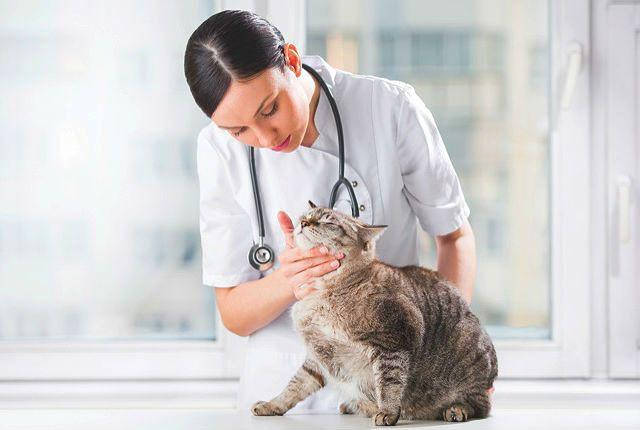
Review of the most effective eye drops for cats
In pharmacology, eye drops for cats and cats are divided into several groups according to their purpose:
- Care drops and lotions with antiseptic composition (with herbal extracts, silver ions, succinic acid chlorhexidine and other antiseptics). They are designed to prevent eye disease and rinse the eyelids. These include Brilliant Eyes, Lakrikan, and Ophthalmosan.
- Anti-allergic eye drops – relieve itching, redness, and swelling when your pet is hypersensitive. For example, Oftalmostop, Dekta-2.
- Antibacterial eye drops with broad-spectrum antibiotics (Iris, Bars, Tsiprovet).
- Antiviral drops that speed up recovery from infectious diseases in cats. These include Maxidin and Anandin (eye and intranasal drops).
From the medical kit for cats, human eye drops are sometimes used. Most often veterinarians prescribe the drugs Tobrex and Levomycetin.
Important! Medical drugs and dosage for kittens should be determined by a veterinary ophthalmologist, due to contraindications and age restrictions.
Ciprovet
Among antibacterial eye drops for cats, it is Ciprovet that is the most effective, because it contains the potent ciprofloxacin in a 0.45% concentration.
The drug is prescribed for various feline inflammatory processes in the eyes, which are accompanied by purulent discharge, regardless of the etiology. Tsiprovet is often prescribed after Iris or Bars drops if the desired therapeutic effect of the previous treatment was not obtained.
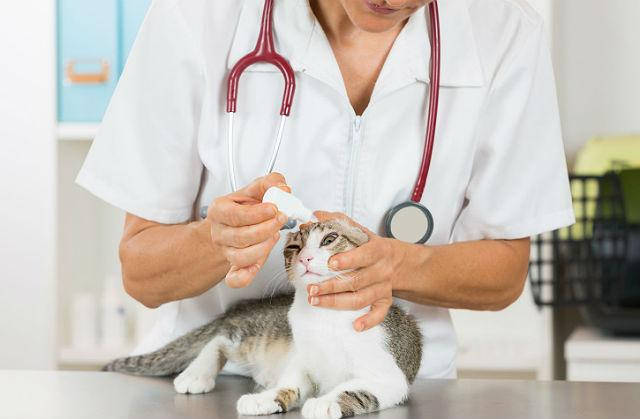
The advantages of the drug are explained by the action of the active ingredient: destruction of the genome and protective shell of the bacteria, as well as prevention of the development of resistance of microorganisms. All this makes it possible to achieve a long-term positive effect in the local treatment of ocular ailments of cats.
Prognosis
Conjunctivitis in cats is a serious disease and can be a consequence of the entry of a virus or other infection. Without medical intervention, the disease develops into a chronic condition and can cause pathological changes in the structure of the eye, leading to blindness. Therefore it is very important to help the sick animal in time and keep visual acuity. The earlier treatment begins, the greater the chance of a favorable prognosis.
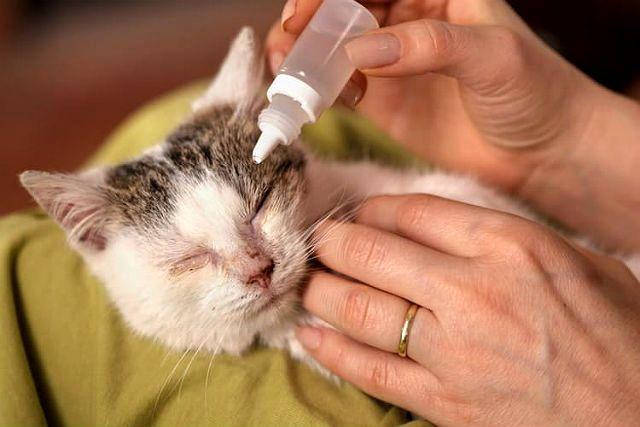
Prevention of conjunctivitis
To ensure that your cat's eyes are always clear and his vision is sharp, you need to follow a few simple rules:
- Vaccinate your pet annually against viral diseases and chlamydia;
- Sanitize its eyes and ears weekly with pet cleansing lotions or herbal decoctions;
- Treat the cat monthly for external parasites;
- avoid contact with odorous substances and do not spray sprays near the cat
- isolate from stray cats.
A cat's eyes are a very vulnerable organ, prone to frequent inflammation. Therefore, the caring owner must understand that success in the treatment of conjunctivitis depends on a competent sequence of actions and clear compliance with the vet's instructions.
💡 A side note. More than half of the pet's health issues can be resolved remotely: by phone or online correspondence. On Veterinarian Online you can get a consultation with a specialist, quickly and without having to go to the veterinary clinic. The cost of the service: 399 rubles.
When you need urgent help of a veterinarian
If something is wrong with the cat's eye, the owner can give it first aid. After that it is recommended to go to the doctor. This should be done even if the problem seems completely insignificant. After all, it is impossible to diagnose on your own, and your mistake can turn into premature blindness of your beloved pet.
Emergency care will be required when pus appears, high fever, signs of cataracts and glaucoma, burns or other health hazards. In these cases, it is advisable to go to the nearest 24-hour veterinary clinic without waiting until morning.
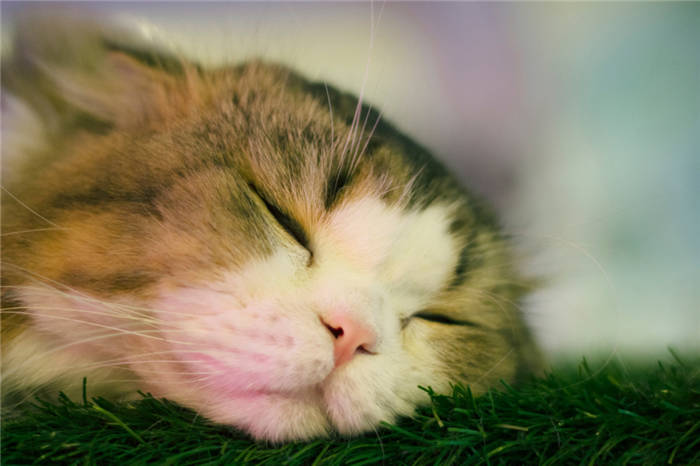
Treatment at home
After diagnosis, the mustachioed patient should be given the most comfortable environment possible. Place it in a darkened room, eliminating sources of noise, other pets, children and other irritants.
To prevent further injury, be sure to clip the cat's claws and keep him outdoors until he is well. In addition to basic treatment, which includes the use of eye drops and ointments, close attention to hygiene with lavage will be required.
Flushing and hygiene
Flushing is done with cotton pads, following the following the following algorithm :
- Prepare all the necessary tools and preparations in advance, so as to least traumatize the animal by the painful waiting.
- Wrap the pet in a thick cloth or find a helper who can hold it during the procedure.
- Soak a cotton pad in the treatment solution, squeeze it out and open the cat's eyelids.
- Gently swipe the disk over the eyeball, moving from the outer corner to the inner corner.
- Repeat the previous steps with the other eye, remembering to change the cotton pad.
The procedure can also be done with a syringe without a needle. To do this, you need to irrigate each eye with the solution at a low pressure and gently blot them with a clean, lint-free cloth. After removing the accumulated dirt and soaking the crusts, you can begin applying the main preparation.
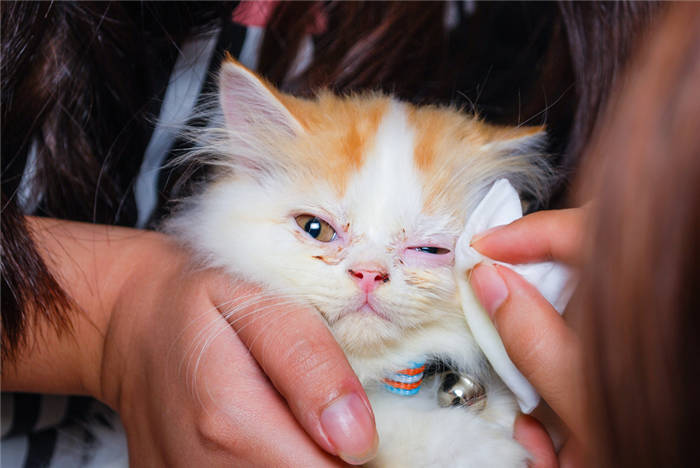
Drops and ointments
If the cat has something wrong with the eye, then special drops and ointments will be required to normalize its condition. The list of necessary medications will depend on the cause of the disease:
Drops are instantly put into both eyes, and the ointment is put only on the disturbing place. After application, the eyelids are closed tightly and gently massaged so that the product is evenly distributed inside. For the duration of treatment, it is recommended to put an Elizabethan collar on the pet, so that it does not cause itself new injuries when scratching.
How to treat conjunctivitis in a cat
To alleviate the condition, the pet should be rested and allowed to stay in a room with dim lighting. In addition, it is extremely important to follow all of the veterinarian's recommendations.
Prescribing pills and shots in complicated cases
Only a physician can prescribe medications and their dosage. Self-administration of drugs can cause a deterioration of the patient's condition.
Therapy depends on the type of disease: in the allergic form, antihistamines are used, and if the nature of the illness is viral or infectious, a course of antibiotics or antivirals helps.
Treatment with tablets or solutions takes place under the strict supervision of the veterinarian, who, if necessary, cancels the drug, changes its dosage or prescribes a similar remedy.
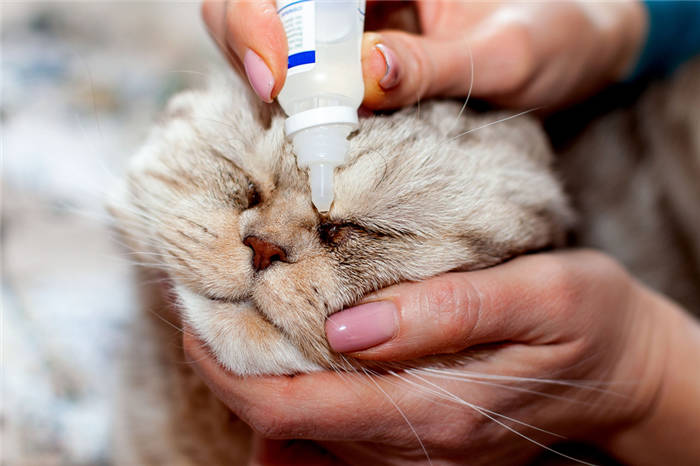
Drops and ointments
The use of drops and ointments intended to treat humans is strictly prohibited. Many of them cause serious visual impairment of the pet due to too high a concentration of the treating substance, and some types lead to blindness. For example, Albucid is not suitable for whiskers, although it helps children and adults.
The following ointments and drops for conjunctivitis in cats, recommended by veterinarians, have proven good:
The use of drops depends on the form and type of the virus, the infection and the complexity of the disease. Usually the solution is prescribed four times a day for 2-3 drops in each eye. The ointment is placed behind the eyelid and lightly massaged without pressing on the apple. It is important to monitor the course of the disease and in case of complications visit the veterinary clinic again.
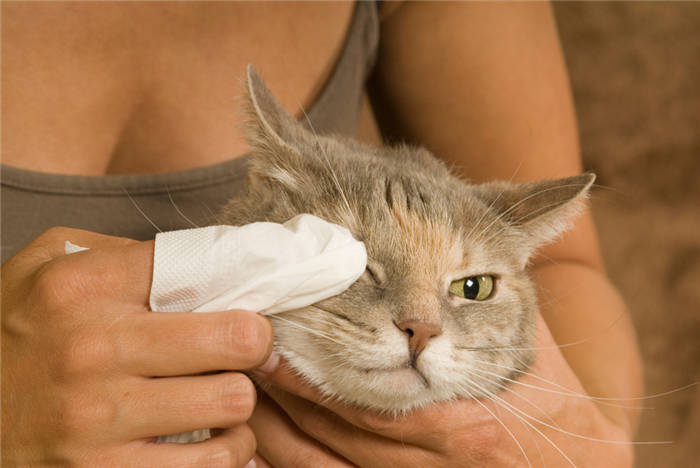
Flushes
Irrigation procedure can not replace complete medication therapy, but it will significantly improve the condition of the patient and accelerate his recovery. Also make sure to rinse the affected eye before applying any medicated ointment.
Can a person be infected by a cat?
There are confirmed cases of transmission from a four-legged friend to its host or family members, but they are very rare. Chlamydia is usually considered to be the most contagious form. Its transmission is possible only with extremely close contact with an infected person and failure to observe basic rules of personal hygiene. Humans and pets are most often affected by different subtypes of pathogens, so a diseased cat is not dangerous in 99% of cases.
Everybody knows that any disease is easier to prevent than to treat later. However, it is not always possible to keep a cat or a small, curious kitten from injury and infection. Observance of the correct conditions for the animal, as well as preventive measures greatly reduce the risk of disease.
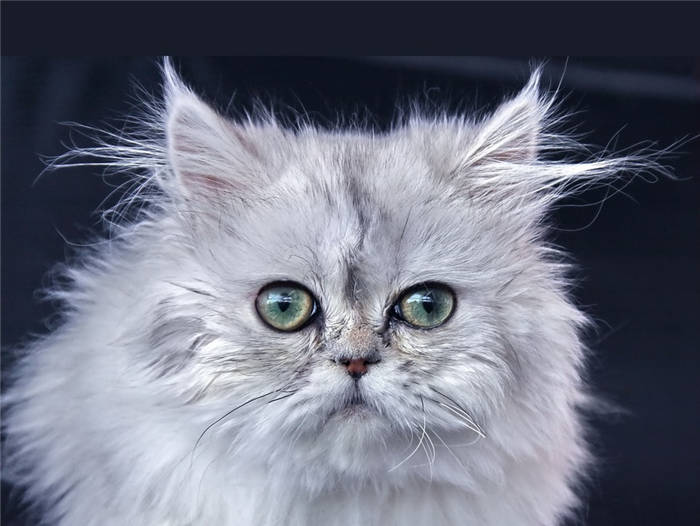
All these measures cannot guarantee that the cat will not get sick, but they will definitely reduce the risk of infection. The task of a loving owner is to do everything for the health of the pet whisker, and in case of a problem, quickly detect it and go to the veterinary clinic. Ignoring the signs can lead to severe complications up to partial or complete loss of vision.
This article is for information purposes only. Contact your veterinarian!






